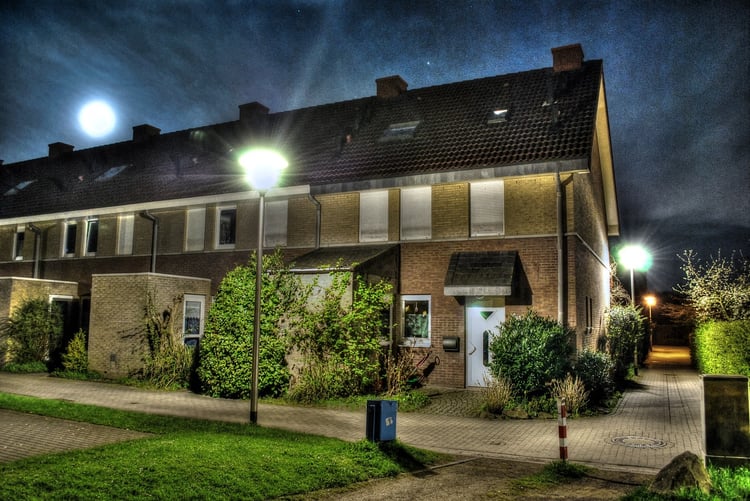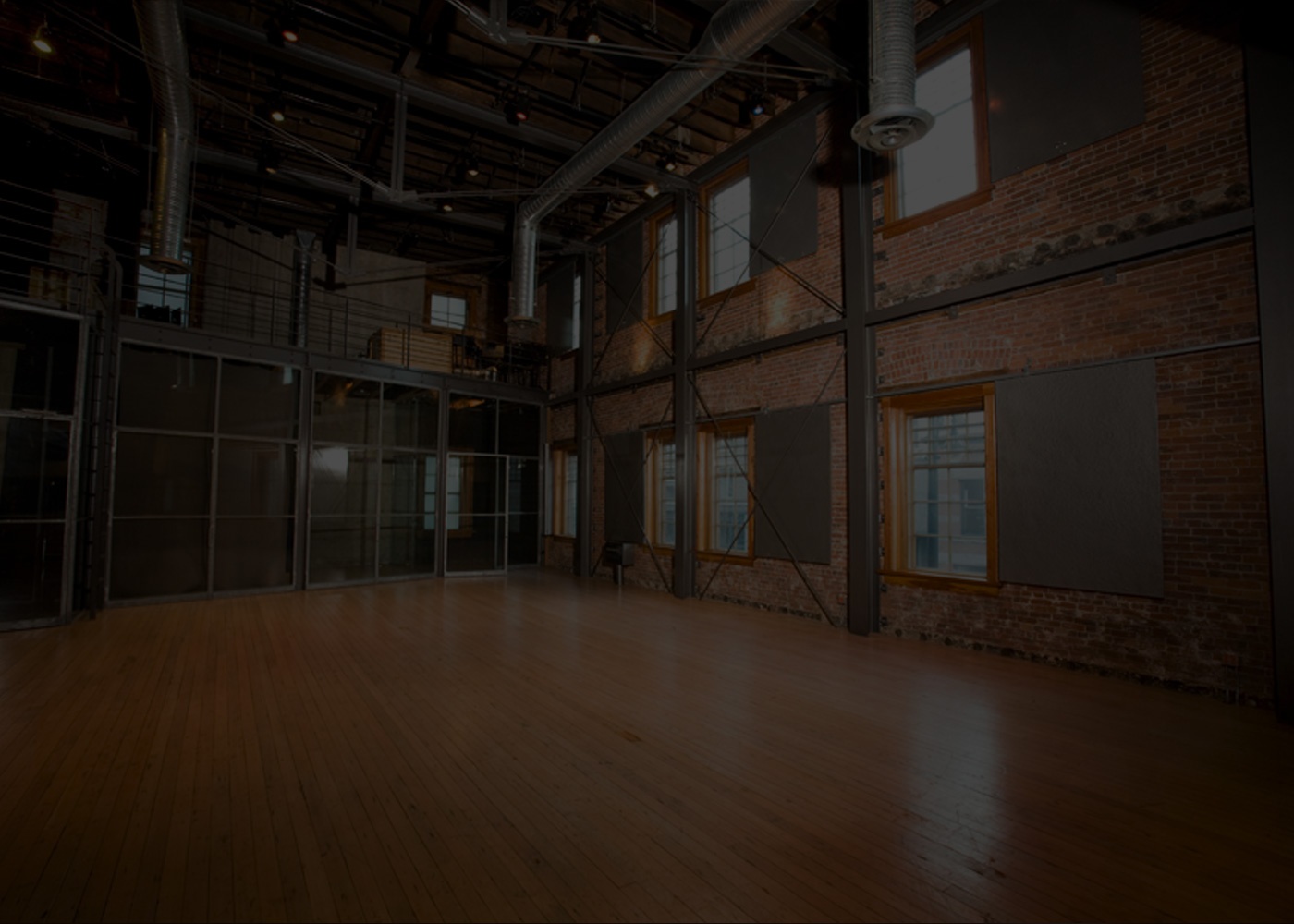
With Niagara’s population expecting to grow another 167,000 people over the next 25 years and economic development currently at the forefront, Niagara’s Regional government has to plan out how it will achieve its potential growth. Over the last five years, regions around Toronto have seen double-digit growth while Niagara has been stuck around the 1% mark. Now’s the time to determine what kind of investments will be needed and where to accommodate Niagara growth.
Interim findings a bit of a wake-up call
Toronto-based PMA Brethour Realty Group is research leader in the industry and provided regional politicians with some interesting findings at a recent meeting. Surveys were conducted on builders and developers, along with newcomer homeowners. The final report isn’t due until the new year, however, the preliminary findings showed that Niagara is still luring mostly older empty-nesters and retirees.
Young families and young professionals aren’t in Niagara because there simply isn’t enough townhomes and semi-detached homes on narrower lots which are typically more affordable. There’s a huge advantage in Niagara compared to other regions for these types of homes, with the average townhome costing $378,690 here compared to $458,605 in Hamilton and $626,657 in Burlington, respectively.
Split opinions on the need for more townhomes
Townhomes aren’t a common feat of Niagara, and municipal rules in Niagara don’t generally permit townhome frontages to be less than 20 feet, compared to GTA regions that are building as narrow as 12 to 16 feet. Although townhomes seem to be a great option for the region, many current residents don’t like the idea of high-density housing.
Other recommendations for regional growth
Along with housing, they also focused in on water and sewer plants, roads and highways, and land use, all of which could cost millions of dollars to upgrade. Finding the sufficient land available for growth and where the growth should go are also important considerations. Some of the other recommendations mentioned by PMA include:
- A “Living in Niagara” website for people considering living here
- Integrate things such as transit and public services cards between towns and cities
- Creating a partnership with GTA land brokers
- Integrating regional and town/city development charges on one website
- Creating transit hubs around future GO Transit train stations
The preliminary findings have fostered a wake-up call for the region, with plenty to consider prior to the release of the full report.




